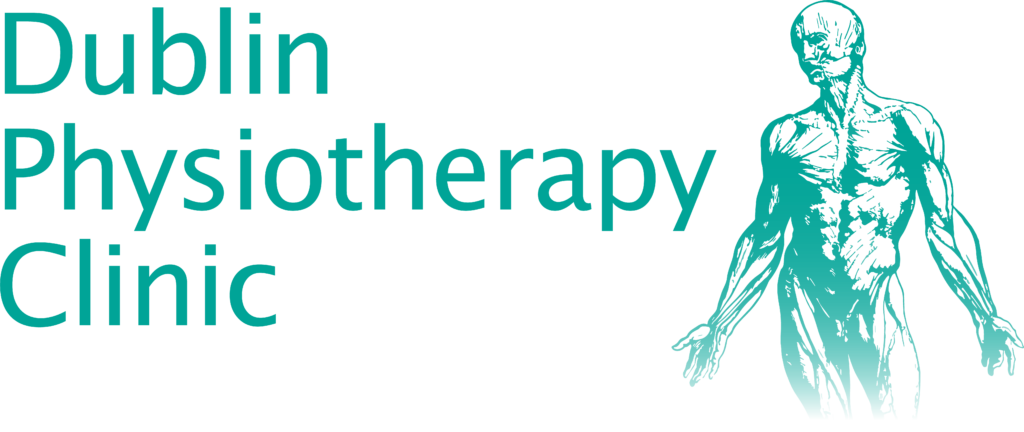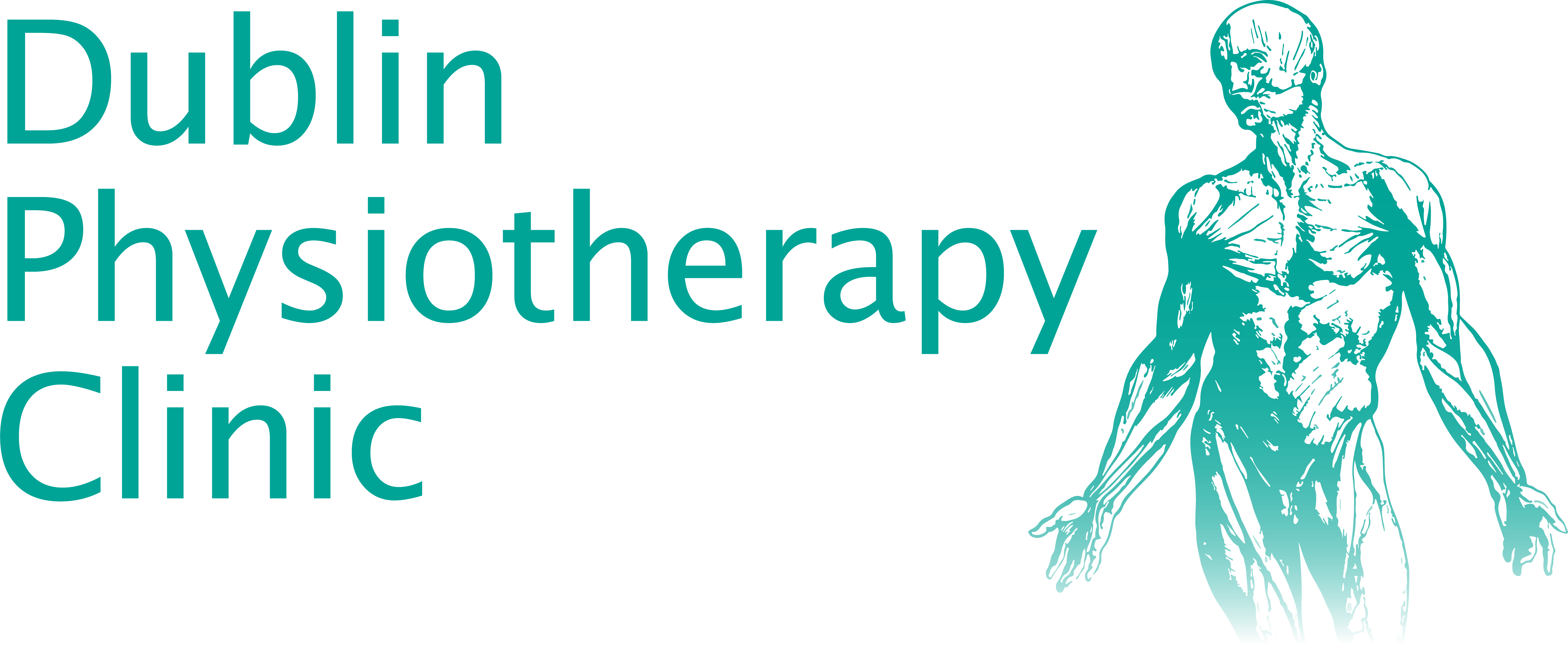This was a case prompted by a recent experiments on a lady who had been diagnosed and treated for a persistent rotator cuff problems for about 6 months.
Rotator cuff pain in the shoulder is very common, just like lower back pain. Although symptoms are usually generalized, they are very clear when you examine the shoulder to see if the tendons are causing the symptoms.
This lady had a good range of motion and her raised hand could move a reasonable range, meaning that the tendon was not getting pinched or caught.
Causes of Shoulder Pain
Sometimes, you can see a less severe form of tendonitis where the range of movement is good and there isn’t a great restriction. However, when there is extra pressure from a strenuous task on the arm at a certain angle, a patient can experience a pinch because the tendon is being caught under the bony structure on the top of the shoulder. This is the reason why the phenomenon is referred to as an impingement.
If the pinch is not caused by any symptoms in the shoulder, this requires exploring other regions that may potentially cause these symptoms. These other areas can include the neck in the C5, C6, and C7 vertebrae since they share the same nerve referral pattern into the shoulders. Often, most people are not aware that these joints are sore but you can reproduce the symptoms by stressing these areas.
For this case, the tissues of sensitivity were in the first and second ribs. These ribs can mimic a shoulder problem because when the shoulder moves, these upper ribs, and the neck area also move. In addition, muscles on your neck and shoulder area tense and put pressure on these upper ribs and hence mimic a shoulder problem. When exploring it, it may require some provoking tests to try and confirm the diagnosis. If things don’t match up, the clinician should start looking in other directions.
Effects of Shoulder Pain
If you are experiencing a shoulder issue that has progressed for months, it may change how you move. If you haven’t got the freedom to move your shoulder in the ball and socket, or if it’s sore, you may end up using a different strategy to move and it can involve shrugging the shoulder up. This may add to the tension and tightness in the muscles of the neck, upper back, and in the upper joints as well.
It’s common to see people with shoulder issues where there is a coexisting cause, either in the neck, thoracic spine, or upper back. A clinician may not get good results when trying to find the cause of the problem and it is therefore important to identify all the areas causing pain. This helps in understanding the real problem that is causing pain and in the development of a treatment plan that is all-inclusive.
Treatment
The treatment plan will need to involve manual therapy, some specific stretching and self-mobilizing, and a type of rehabilitation that will help in strengthening the movement. You will need to focus on all these things if you are hoping to find a lasting solution.
If you experience persistent shoulder pain that does not respond to treatment, the problem can be resulting from too much change in the shoulder joint. If you do not have a history of trauma or degenerative change, you may not be in this category.
If the pain is not responding to treatment as a local shoulder problem with typical rotator cuff rehab programs, your clinician may consider other factors that would be contributing to this.





